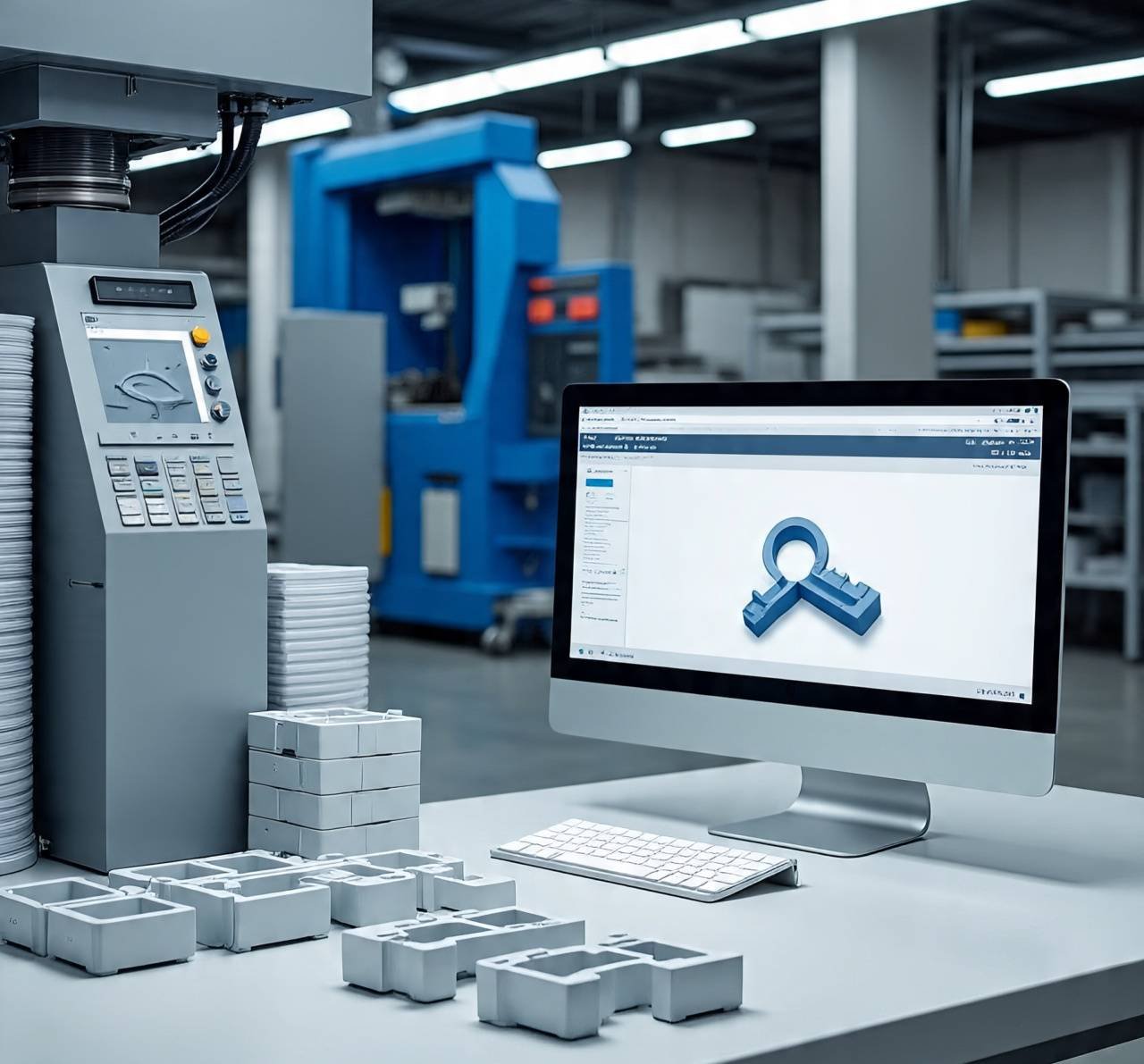Modern molding operations face constant pressure to deliver faster turnaround and ensure high standards simultaneously. Reduction of cycle times is a direct route to improved efficiency and greater output. Software solutions have become essential for molders who want to achieve these goals. The integration of such digital tools into production workflows can help molders streamline processes, minimize delays, and consistently meet deadlines.
Automation of Process Stages to Minimize Manual Delays
A software for molders automates repetitive tasks such as material loads, temperature adjustments, and cycle initiation. This automation ensures that each stage transitions smoothly to the next without any delay for manual input. As a result, the overall cycle time is shortened, and the risk of human error is reduced.
Real-Time Analysis and Adjustment of Process Parameters
Software platforms provide continuous, real-time analysis of critical process parameters, including temperature, pressure, and cooling time. With the global real-time analytics market valued at USD 890.2 million in 2024 and expected to reach USD 5.26 billion by 2032 (CAGR 25.1%), these systems have become essential in mold creation. If any parameter deviates, the platform initiates immediate adjustments to maintain optimal conditions. This oversight prevents minor issues from becoming permanent setbacks. Operators trust this accurate data to maximize production efficiency and complete each cycle with minimal downtime.
Simulation Tools for Optimized Mold Design and Flow
Cycle times are heavily influenced by mold design and material flow. Software simulation tools allow engineers to model and test different configurations before physical production begins. Through the identification of potential bottlenecks or inefficiencies in the virtual stage, teams can refine designs to promote faster material flow and more effective cooling. These improvements translate directly to shorter production cycles and less trial-and-error on the shop floor.
Data-Driven Analysis to Identify and Eliminate Bottlenecks
Detailed data collection and analysis are critical to identify hidden inefficiencies. Software collects comprehensive production data, highlights stages where delays frequently occur. The global market for injection molding software was estimated at USD 1.11 billion in 2024 and is projected to reach USD 2.51 billion by 2033. This reflects a compound annual growth rate of 9.54% over the forecast period. With this information, teams can focus improvement efforts on the most impactful areas.
Integrated Schedules and Workflow Management
Efficient schedules are essential to maintain a steady production pace. Software solutions coordinate machine availability, material supply, and workforce allocation to optimize efficiency. Through the combination of these elements, the system minimizes idle time and ensures that each job progresses without interruption. Integrated workflow management reduces the likelihood of scheduled conflicts, which keeps production lines constant and cycle times consistently low.
Automated Quality Control to Reduce Rework and Downtime
Quality issues can significantly extend cycle times due to rework and machine stoppages. Software-driven quality control systems inspect products at each stage through the use of sensors and cameras to detect defects early. When issues are found, the system can halt production or alert operators immediately, which prevents defective items from further advancement. This proactive approach limits rework and helps maintain a continuous, efficient workflow.
Continuous Feedback Loops for Cycle Time Optimization
Sustained efficiency requires continuous evaluation and improvement. Software establishes continuous feedback loops through the examination of performance metrics and comparison to established benchmarks. When deviations are detected, the system suggests corrective actions or process adjustments to address the issue. This continuous optimization ensures that cycle times remain as short as possible, even as production demands or materials change.
Reduction of cycle times in molding operations is a complex challenge that requires precise control and constant vigilance. A software for molders addresses this challenge through the automation of tasks, monitored processes, and the delivery of actionable insights. Thus, these digital tools empower molders to identify inefficiencies, eliminate delays, and maintain high productivity.





